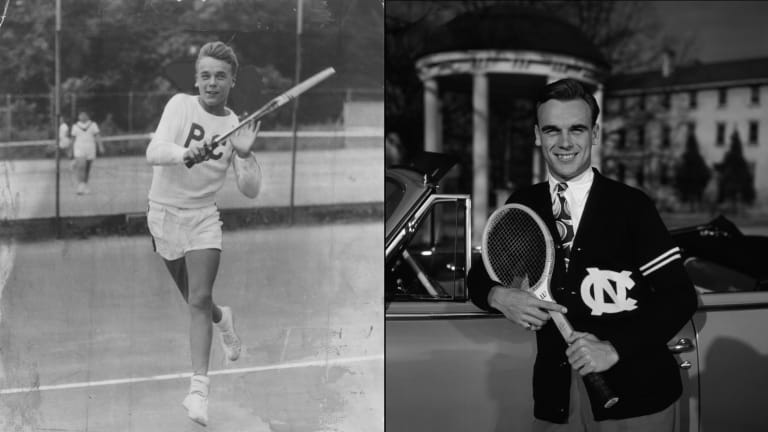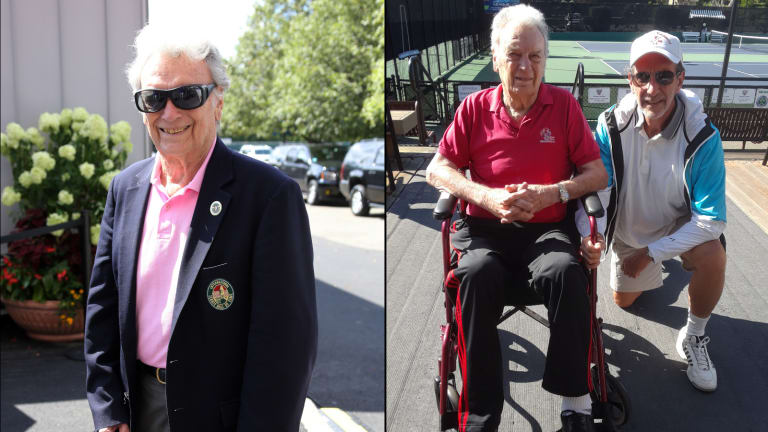Tennis.com Interview
Holding Court with…Vic Seixas, who turns 100 today
By Aug 30, 2023Tennis.com Interview
Nick Kyrgios brings the show, and new perspective, to Madison Square Garden
By Dec 08, 2025Tennis.com Interview
After longest off-season ever, Tommy Paul talks injury comeback, wedding plans at MSG
By Dec 08, 2025Tennis.com Interview
Following in family footsteps, Elli Mandlik clinches Australian Open return in wild card play-off
By Nov 25, 2025Tennis.com Interview
Ben Johnson 101: How an Instagram auteur is defining modern tennis lifestyle
By Nov 11, 2025Tennis.com Interview
Patrick Kypson, former college teammate of Rinderknech and Vacherot, is writing his own perseverance story
By Oct 28, 2025Tennis.com Interview
Michael Zheng channels Ivy League balancing act into rapidly blossoming pro tennis future
By Oct 21, 2025Tennis.com Interview
Flavio Cobolli wants to earn Davis Cup Finals nomination—and stay on as ATP's 'admin'
By Oct 16, 2025Tennis.com Interview
With IMG Academy backing, Wakana Sonobe kicks off pro career at home in Osaka
By Oct 16, 2025Tennis.com Interview
Alex Michelsen wins Almaty debut to end losing skid, reveals coaching trial with Kristof Vliegen
By Oct 15, 2025Holding Court with…Vic Seixas, who turns 100 today
As humble and upbeat as ever, the Grand Slam champion from Philadelphia celebrates his centennial birthday.
Published Aug 30, 2023
Advertising

Vic Seixas in his teens, at the William Penn Charter School in Philadelphia, and at the University of North Carolina.
Advertising
Advertising
Advertising
Advertising

Seixas at the 2014 US Open, and more recently, with his friend Allen Hornblum. “Despite his physical infirmities, he’s always upbeat and positive,” says Hornblum. “The guy was built to look forward and push on, no matter the obstacles.”